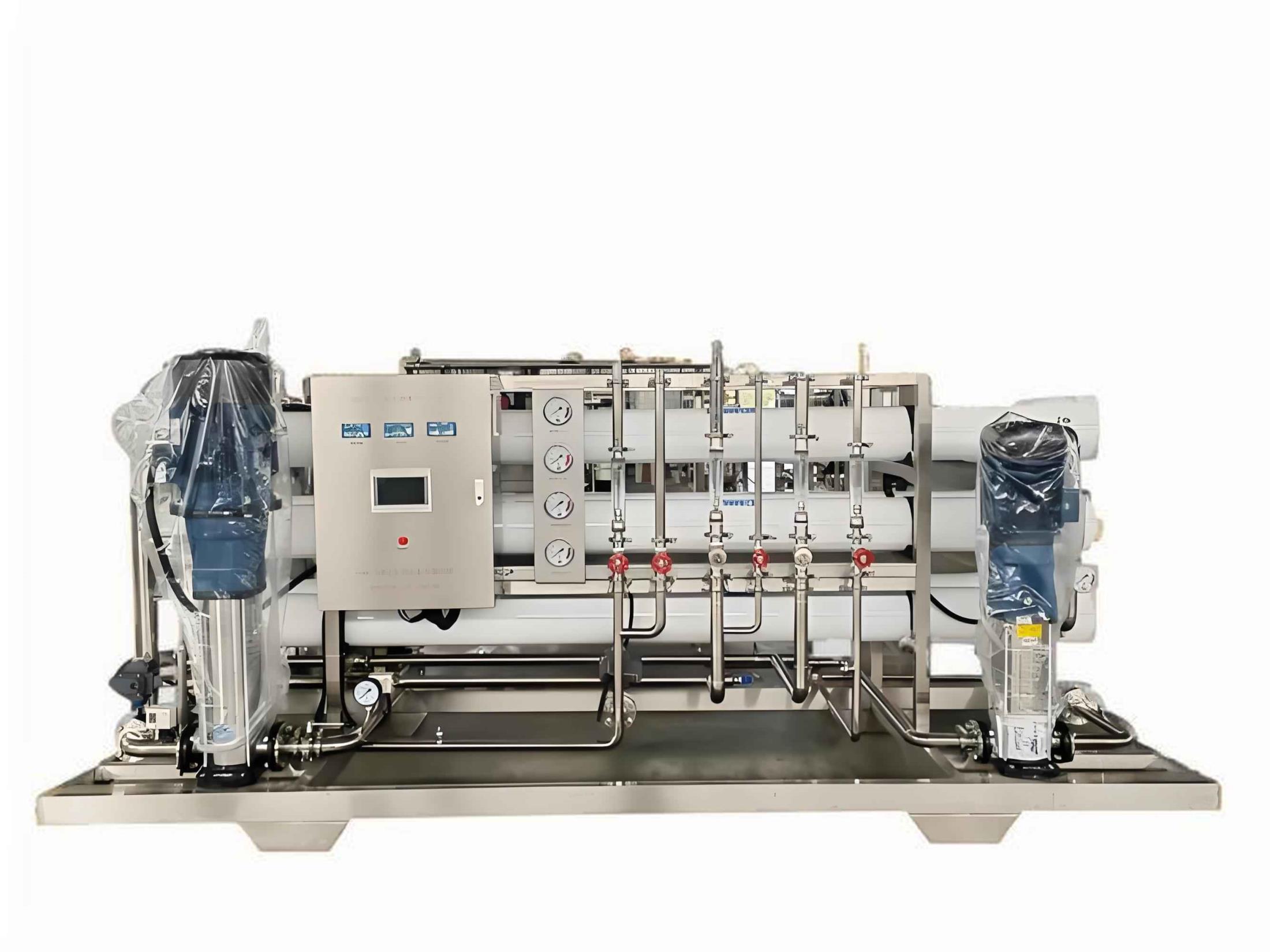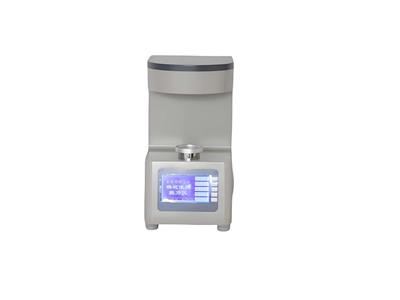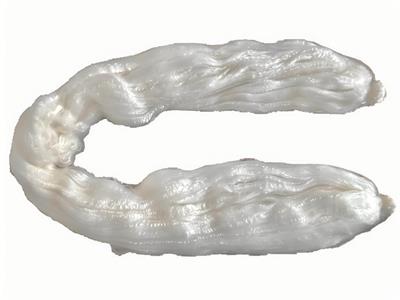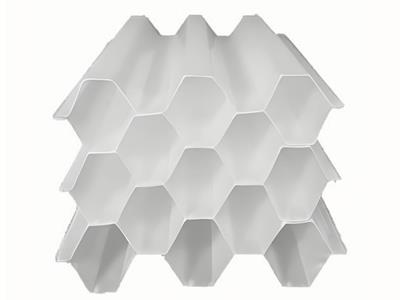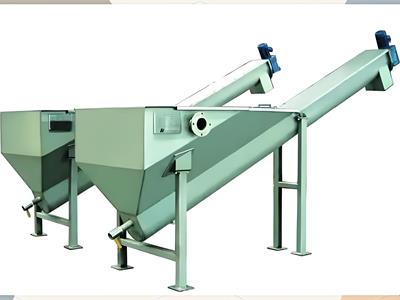- 2025-07-22
Two-way reverse osmosis
The two-stage reverse osmosis system achieves dual goals through two-stage treatment:
Production water purification mode: send the primary RO product water to the secondary RO unit to obtain higher purity water quality
Concentrated water recovery mode: send the primary RO concentrated water to the secondary RO unit to improve water resource utilization
The single-stage reverse osmosis system can remove about 99% of dissolved solids and simultaneously produce purified water (product water) and concentrated wastewater (concentrated water).
System operation principle
The two-stage RO system consists of two-stage reverse osmosis units in series, and the first stage has a larger processing capacity than the second stage. A buffer water tank needs to be set between the two stages to store the product water or concentrated water of the first RO and provide a stable water source for the second RO. The pretreatment scheme is dynamically adjusted according to the application target:
Concentrated water recovery application: Because the primary concentrated water is close to the dissolved saturation state, the two-stage system needs to be pretreated
Water purification application: When the secondary inlet water is the primary produced water, only the primary system can be pretreated
Core application value
1. Meet high-end water quality requirements
When the terminal process requires ultra-low TDS water quality (such as medicine and electronics industry), the following combination can be used:
Brackish water RO + Brackish water RO
Seawater RO + Brackish water RO
2. Improve water resource utilization
To address the global water shortage problem:
The maximum recovery rate of a single-stage RO system is 80%
The recovery rate of a two-stage RO system can reach 90%-95%
In the zero liquid discharge (ZLD) solution, DPRO is used in conjunction with an evaporator/salt crystallizer to achieve ultimate salt separation
Technical solution comparison
RO+mixed bed deionization (MBDI)
Can produce 18.2MΩ·cm ultrapure water, but resin regeneration requires the use of acid and alkali chemicals, which poses environmental risks
DPRO+electrodeionization (EDI)
No chemical regeneration is required, especially suitable for semiconductor-grade ultrapure water preparation
Technical advantages
This system achieves:
≥99.9% dissolved solids removal rate
Production water conductivity ≤0.1μS/cm
System recovery rate up to 95%
The full range of brackish water RO equipment supports two-stage configuration

